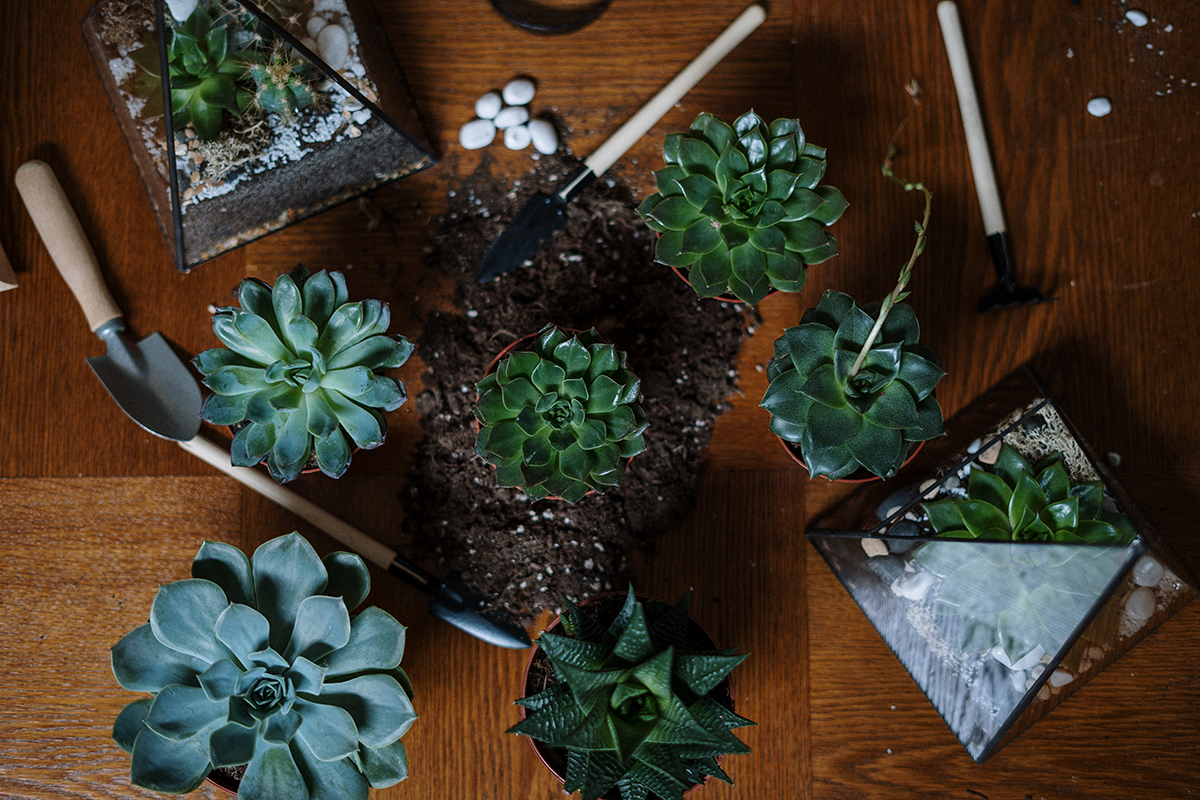Venus fly traps are a unique and fascinating plant species that make a great addition to any terrarium. These carnivorous plants are native to the subtropical wetlands of North and South Carolina and are known for their ability to trap and digest insects. While they may seem intimidating at first, Venus fly traps are actually easy to care for and make for a fun and educational DIY project. In this guide, we will walk you through the steps to create the perfect terrarium for Venus fly traps, from choosing the right enclosure to selecting the appropriate substrate and decor. By following these steps, you can create a thriving home for your Venus fly traps to grow and thrive in. So, let’s get started!
Choose the right enclosure
Choose the right enclosure: The first step in creating the perfect terrarium for Venus fly traps is choosing the right enclosure. Venus fly traps are native to wetlands and prefer a humid environment, so it’s important to choose an enclosure that will allow you to maintain high humidity levels. A glass tank or jar with a lid is a good option, as it will allow you to easily monitor the humidity and temperature of your terrarium. When selecting your enclosure, consider the size and number of Venus fly traps you will be keeping, as well as the space you have available in your home. It’s important to choose an enclosure that is large enough for your Venus fly traps to grow and thrive in, with plenty of room for decorations and hiding spots.
Select the appropriate substrate
Select the appropriate substrate: The substrate, or flooring, of your Venus fly trap terrarium is an important aspect of your plant’s habitat. Venus fly traps prefer a damp, nutrient-poor soil, such as a mix of peat moss and perlite. You can also consider adding a layer of long-fiber sphagnum moss on top of the soil to help retain moisture and provide additional nutrients. When selecting your substrate, it’s important to choose one that is lightweight and well-draining, as Venus fly traps do not like to sit in standing water. Avoid using soil mixes that contain fertilizers or additives, as these can be harmful to your Venus fly traps. It’s also a good idea to add a layer of gravel or pebbles to the bottom of your terrarium for drainage.
Add decorations and hiding spots
Add decorations and hiding spots: Decorations and hiding spots are important elements of a Venus fly trap terrarium, as they provide your plants with a naturalistic environment to grow in. You can add decorations such as artificial plants, climbing branches, and rocks to create a visually appealing and stimulating environment for your Venus fly traps. You should also consider adding a small water dish or misting bottle to your terrarium, as Venus fly traps prefer a damp environment. When selecting decorations and hiding spots, consider the size and number of Venus fly traps you are keeping and make sure they are safe and non-toxic. You can also consider using live plants to add a natural touch to your terrarium, but be sure to research which plants are safe for Venus fly traps.
Water and maintain your terrarium
Water and maintain your terrarium: Proper watering and maintenance are important for the health and well-being of your Venus fly traps. Venus fly traps prefer a damp, humid environment, so it’s important to keep the soil moist at all times. You can water your Venus fly traps using a watering can or small watering bottle, being careful not to overwater or allow the plants to sit in standing water. It’s also a good idea to mist your Venus fly traps regularly to increase humidity, especially if you are using a closed terrarium. Be sure to monitor the moisture levels in your terrarium regularly and make any necessary adjustments. It’s also a good idea to remove any dead or wilted leaves from your Venus fly traps to keep the plants looking healthy and tidy.
Feed your Venus fly traps
Feed your Venus fly traps: Venus fly traps are carnivorous plants and require a diet of insects to survive. You can feed your Venus fly traps small insects such as flies, mosquitoes, and mites, but be sure to avoid larger insects that may damage the plant’s traps. You can also consider using a commercial Venus fly trap food or dilute fertilizer solution to supplement your plant’s diet. It’s important to feed your Venus fly traps regularly, but be sure not to overfeed them or allow them to sit in standing water, as this can lead to rot and death. When feeding your Venus fly traps, it’s important to use caution and follow the specific care instructions for your plants to ensure that they are receiving the proper nutrients.
Troubleshooting common issues
Troubleshooting common issues: While Venus fly traps are generally easy to care for, there are a few common issues that you may encounter. One common issue is over-watering, which can cause your Venus fly traps to rot and die. To prevent over-watering, make sure to water your Venus fly traps regularly but avoid allowing the plants to sit in standing water. Another common issue is under-watering, which can cause your Venus fly traps to wilt and die. To prevent under-watering, make sure to monitor the moisture levels in your terrarium and water your Venus fly traps when needed. Other issues that may arise include pest infestations and fungal infections. To prevent these issues, make sure to keep your terrarium clean and use natural pest control methods if needed. If you encounter any issues with your Venus fly trap terrarium, be sure to seek advice from a plant care expert.




